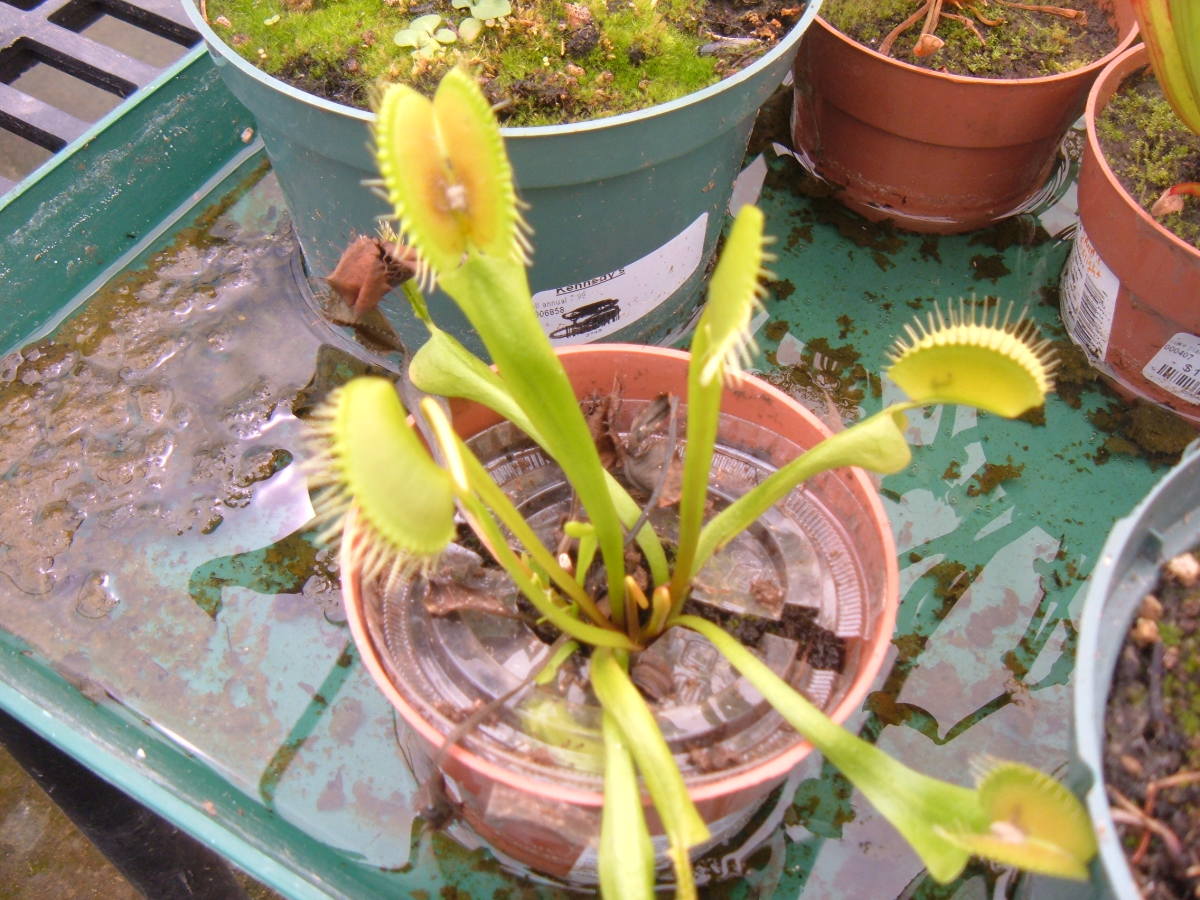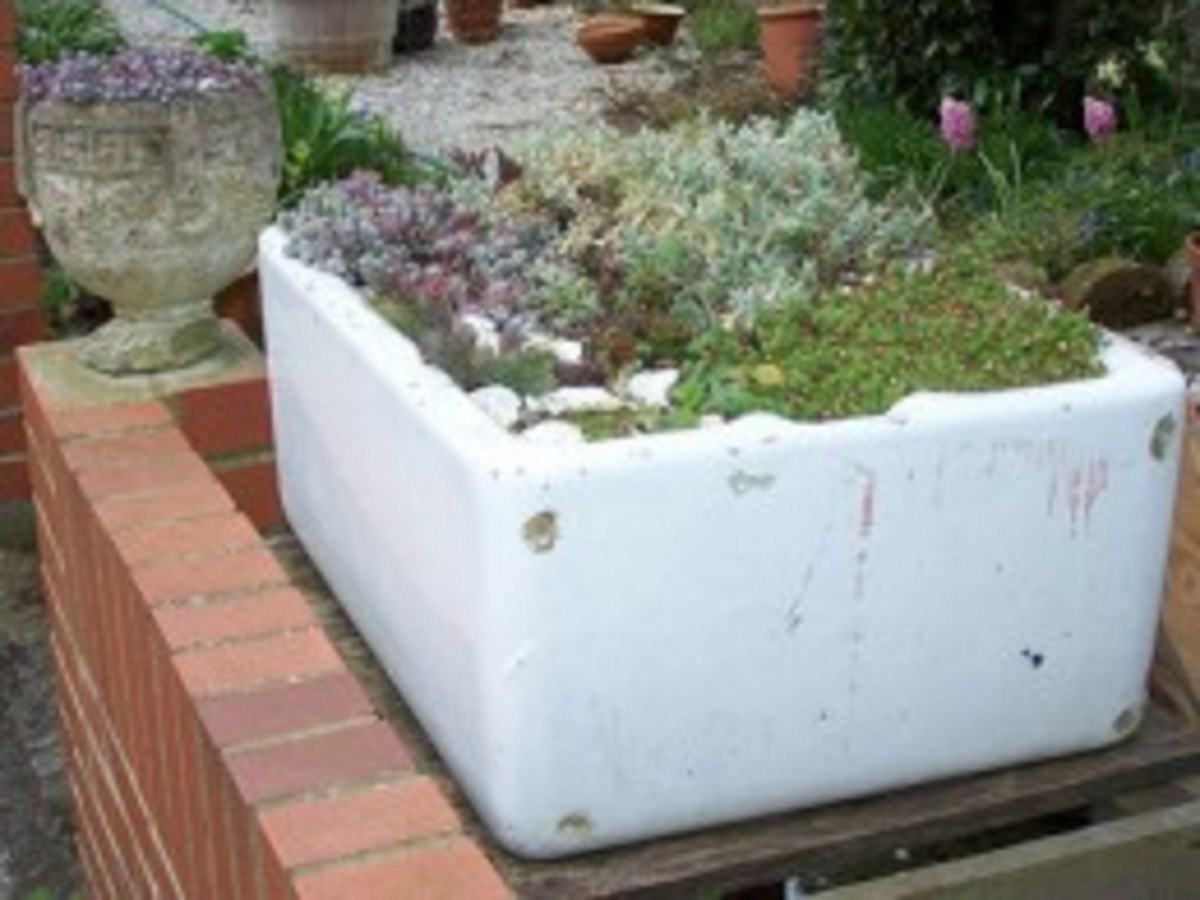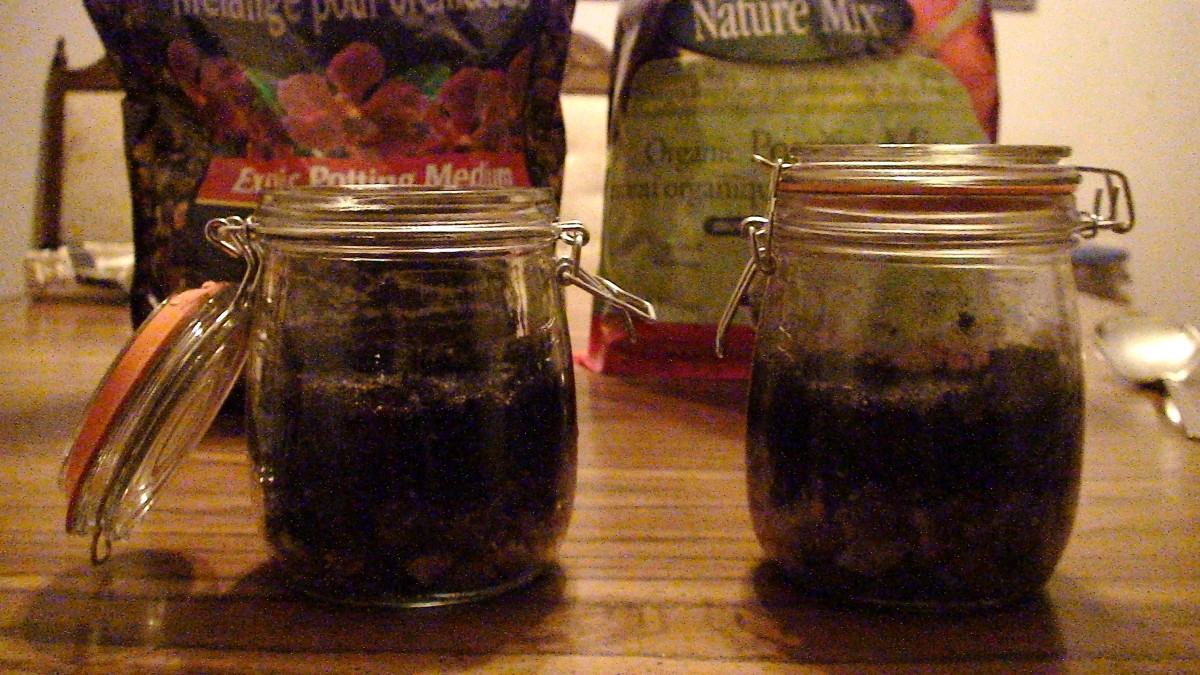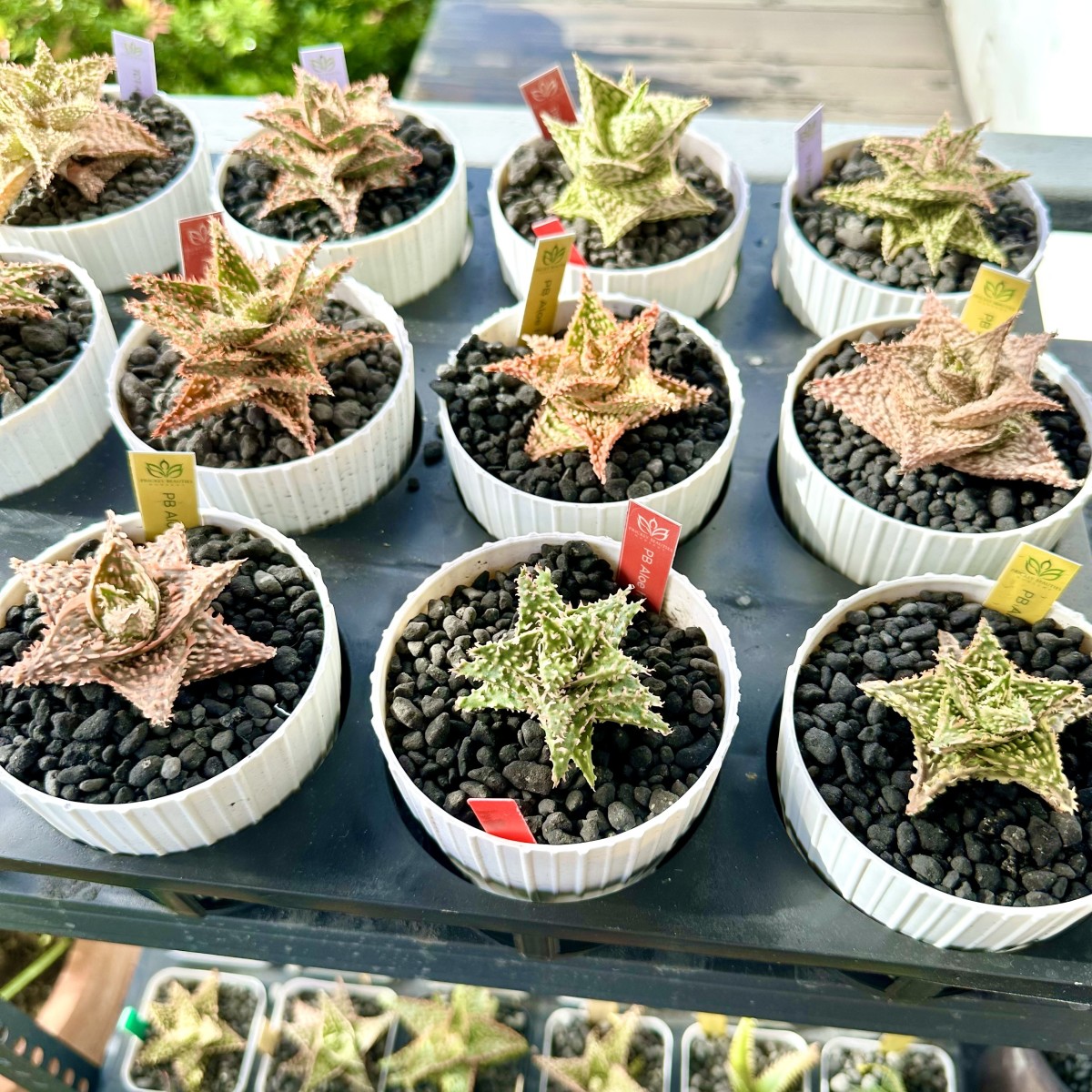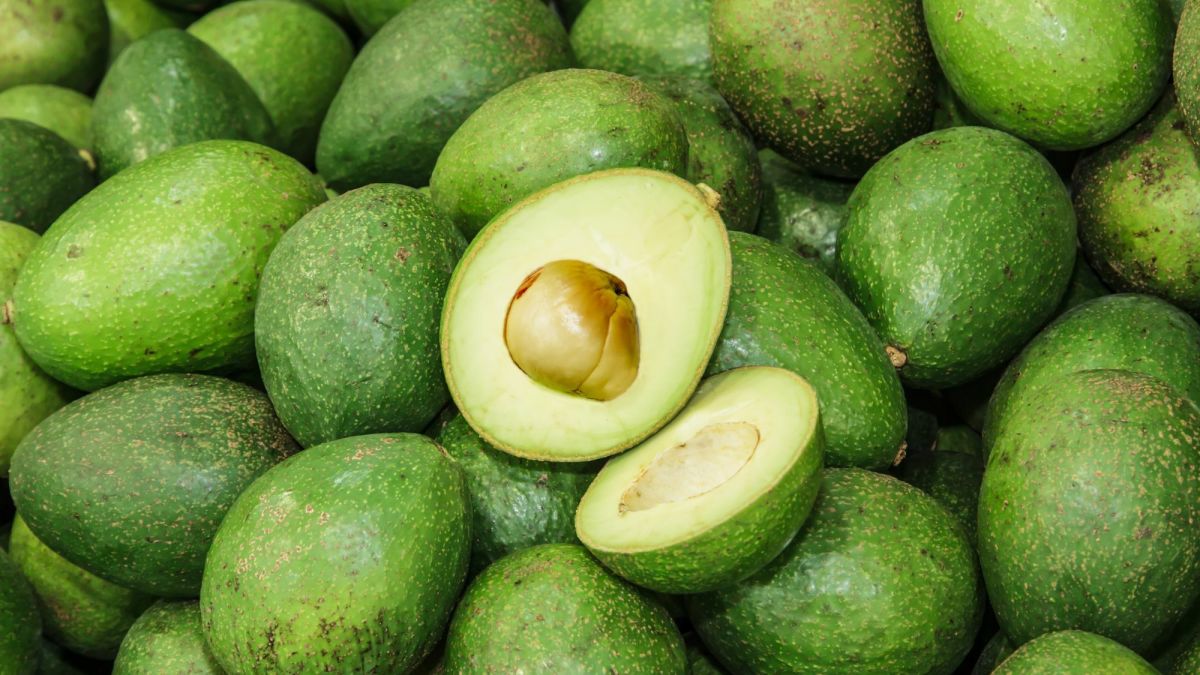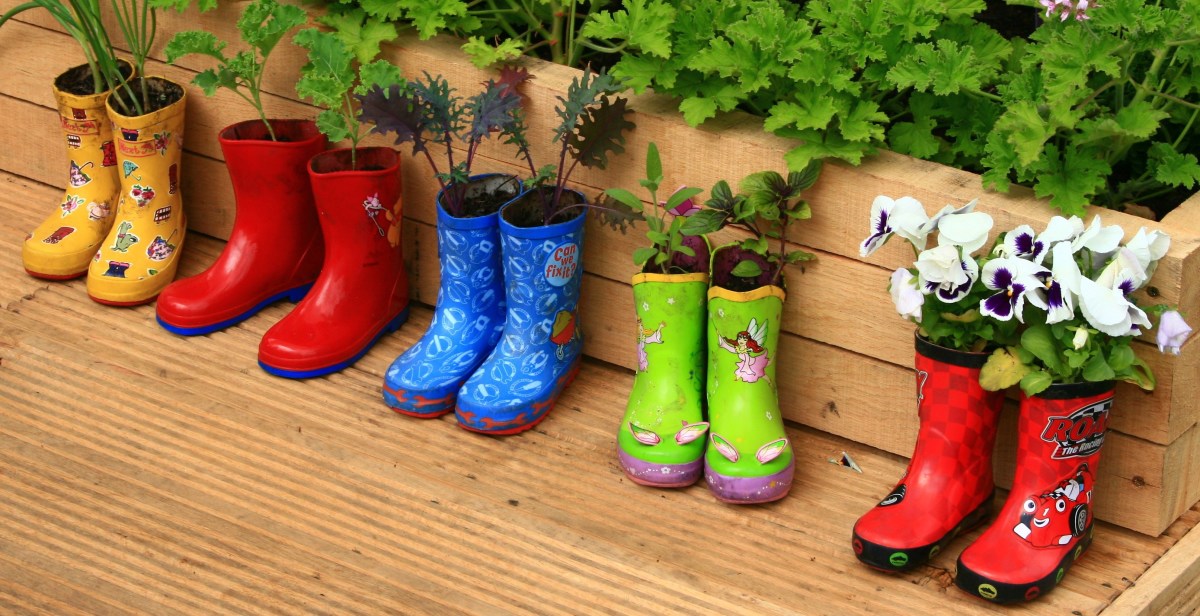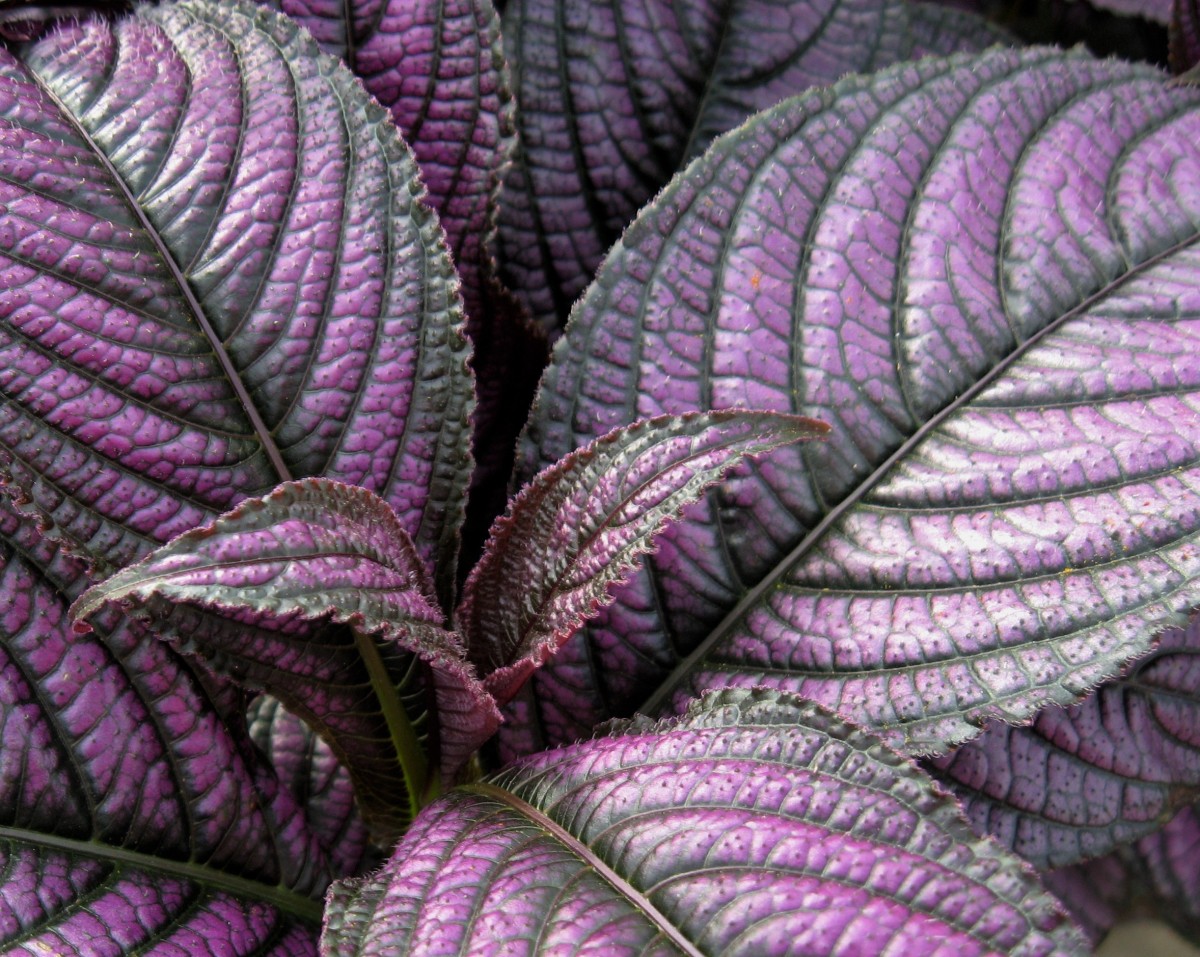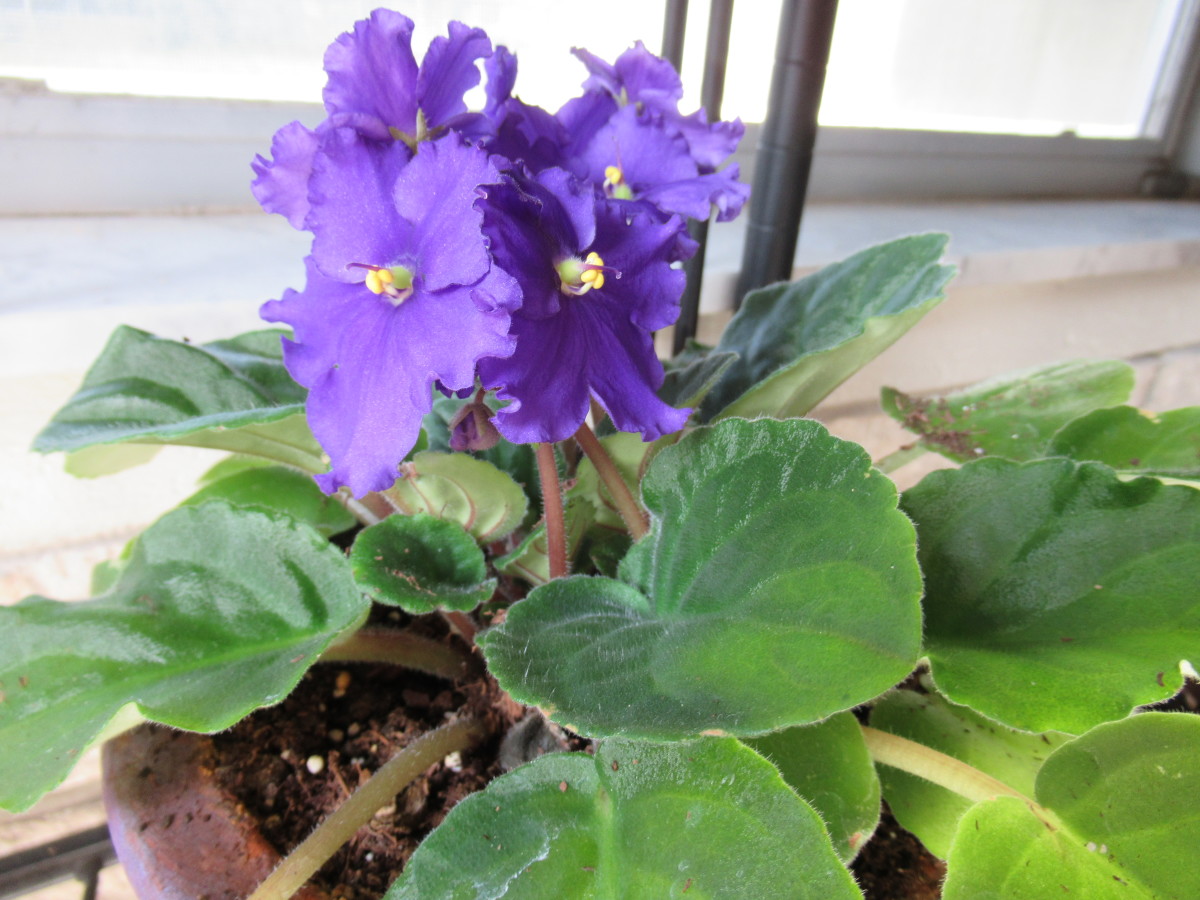How to Plant Easy Terrariums

What is a Terrarium?
What is a terrarium? According to Wikipedi a terrarium is "A vivarium (Latin, literally for "place of life"; plural: vivaria or vivariums ) is a usually enclosed area for keeping and raising animals or plants for observation or research."
Because a terrarium creates its own eco-system or biosphere, it is easy to maintain and the perfect gift for a friend with a brown thumb.
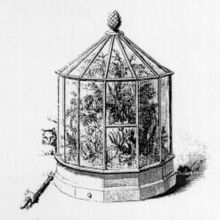
Examples of Wardian Cases
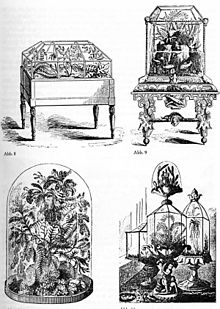
A Brief History of Terrariums
The first terrarium was called a Wardian case, named for a London surgeon, Dr. N. B. Ward, who inadvertently discovered a way to grow his fern collection out of harms way from polluted London air, and also transport plants over long spaces of time and distance to add to his collection of approximately 25,000 plants. His invention, an airtight case, created its own atmosphere. Basically, the condensation created inside the case watered the plants.
Dr. Ward accidentally discovered what today is known as a terrarium. In addition to plants, Dr. Ward also collected the cocoons of moths which he sealed glass bottles. In one bottle, he noticed a fern spore and grass growing, which he observed for four years, after which the seal on the bottle disintegrated and the plants died. Afterwards, realizing the implications of his discovery, he employed a carpenter and directed him to build him a closely fitted glazed glass and case and in which his ferns thrived.
In July 1833, Dr. Ward successfully shipped two of his Wardian cases containing ferns and grasses to Sydney, Australia from London.
In 1842, Dr. Ward published his experiment and followed it up with a book, On the Growth of Plants in Closely Glazed Cases.
In polluted Victorian homes, stylish drawing rooms featured Wardian cases containing precious ferns and orchids.
In Colonial New England, housewives used glass containers to overwinter native plants such as bits of moss, partridge berry, wintergreen and twin flower.
Ingredients for a Successful Terrarium
Although you can probably fashion your terrarium from items found in your home such as a brandy snifter, or a vase, your local crafts store or garden center will have everything you need. Another source is your local thrift or Dollar Store.
If you have an old fish bowl or aquarium in your basement rescue the gravel from it, get the charcoal from your grill, and make sterile potting soil by baking garden soil at 325 degrees F. for an hour.
Discovering tiny plants suitable for a terrarium can be a delightful experience. As you walk through a nearby park search for blue violets, moss, lichen and tiny evergreens. Almost anything will survive in your terrarium if you keep it out of direct sunlight, remove the cover when too much moisture appears on the sides, and remove any dead plants as soon as you discover them.
- Clear container with cover such as a Mason jar, brandy snifter, fish bowl, or aquarium
- Sphagnum moss
- Small stones or gravel such as aquarium gravel
- Charcoal
- Sterile potting soil
- Plants such as minature orchids, African violets, Johnny Jump-ups, tiny native plants such as blue violet, lichen and moss collected from a wooded area, and even immature evergreens.
Putting It All Together
Once you have your ingredients, put the terrarium together in this order:
- Line the bottom and sides with the green sides of the moss facing outward
- Place the crushed charcoal and stones in center
- Place soil on top of stones
- Insert plants
- Mist lightly
- Cover
How To Make a Terrarium
Maintaining Your Terrarium
Ideally, all that is needed to maintain your terrarium so that it functions without any assistance for weeks is to place it out of direct sunlight and not remove the cover even to peek inside unless there is an excessive amount of moisture, in which case, remove the lid and allow some air to enter. That's it. Easy Peesy.
Although your miniature enclosed garden can survive for possibly weeks without any attention, if problems do develop such as fungal growth, the easiest thing to do is start over. Take everything out and wash the container with a mild bleach solution, discard any rotting plants, and lightly dust the remaining plants with sulfur to ward off any future mildew or fungus.
Conclusion
Whether you decide to purchase an antique Wardian case on Ebay or Etsy, or simply buy a jar from the Dollar Store, growing tiny plants in a terrarium is a fascinating pursuit that can be enjoyed by young and old.


